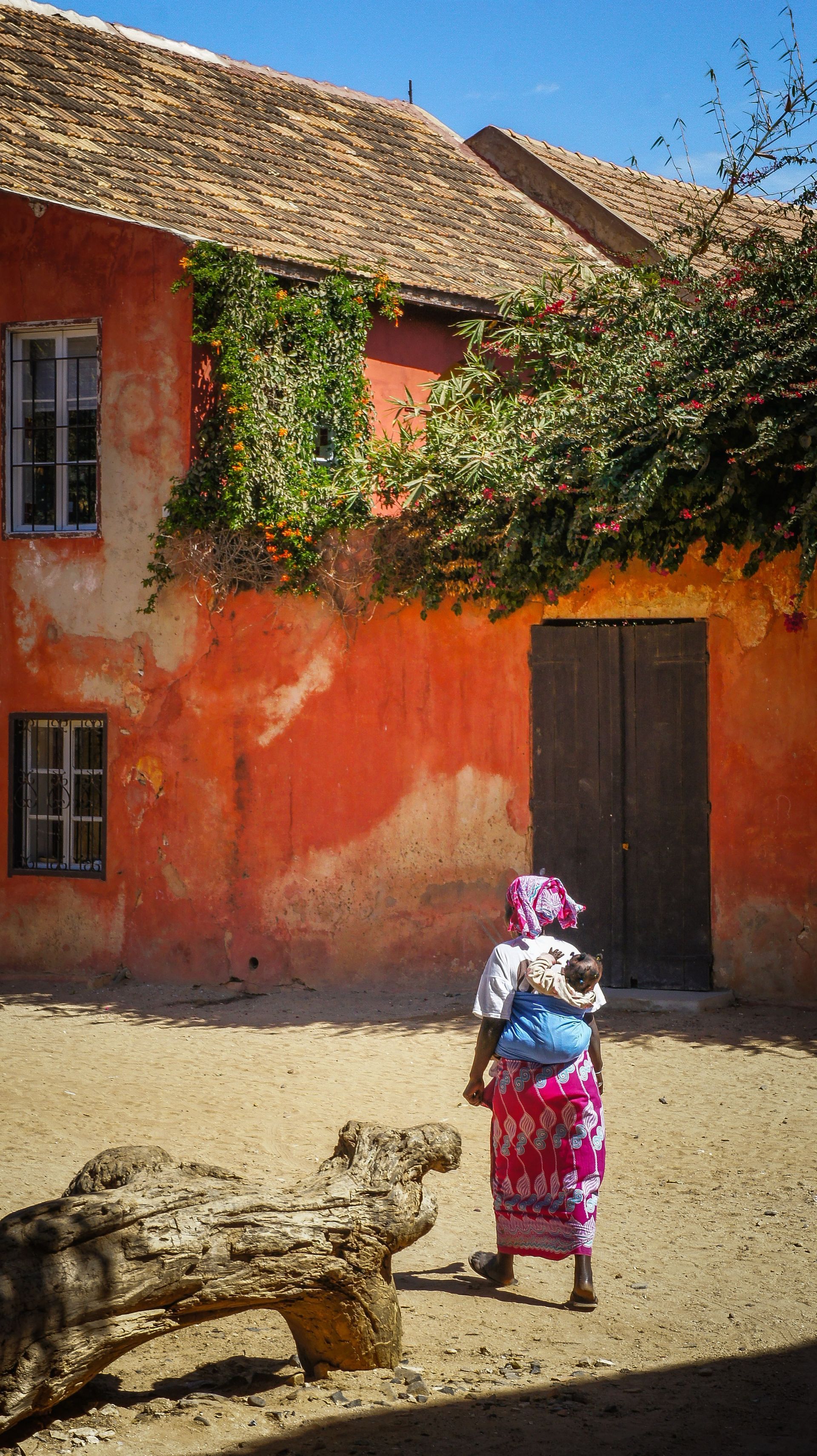1MG FlippingBooks
12 INSPIRING DESTINATIONS
Maurice Crackenthorpe - Editor-at-Large
Comprising a few favourites and lesser celebrated international picks, these snippets may inspire your own further investigation – particularly if Europe and South-East Asia are on your travel cards, stretching as far as Africa for the adventurous.
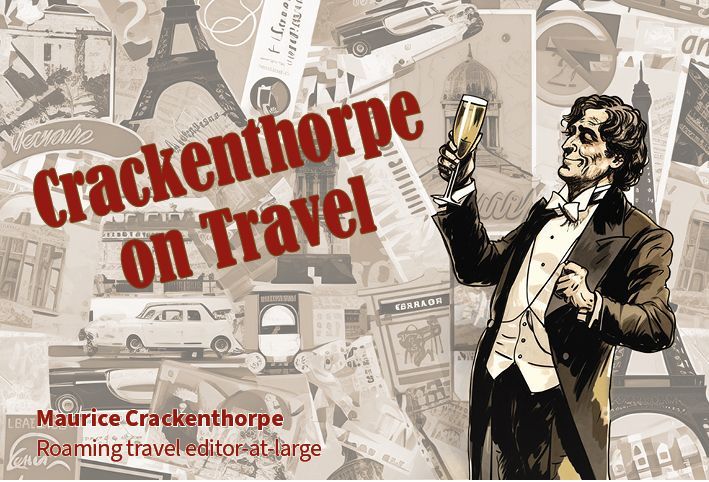
Raja Ampat, Papua, Indonesia
Formerly Irian Jaya, half of the second-largest island in the world was formally “appointed“ to Indonesian control by the UN in 1963. This is the lesser populated side of New Guinea – a dazzling, isolated tropical wilderness characterised by remote villages, native tribal peoples and a couple of small city ports.
Papua’s north-western province called Raja Ampat is a vast sprawl of islands off the mainland, a 2.5 hour ferry journey from Sorong. Visitor numbers have increased gently over the past 20 years as it has emerged from total obscurity for one reason: many knowledgeable divers and snorkellers rate it as the world’s best spot, with good, organised boat tour facilities.
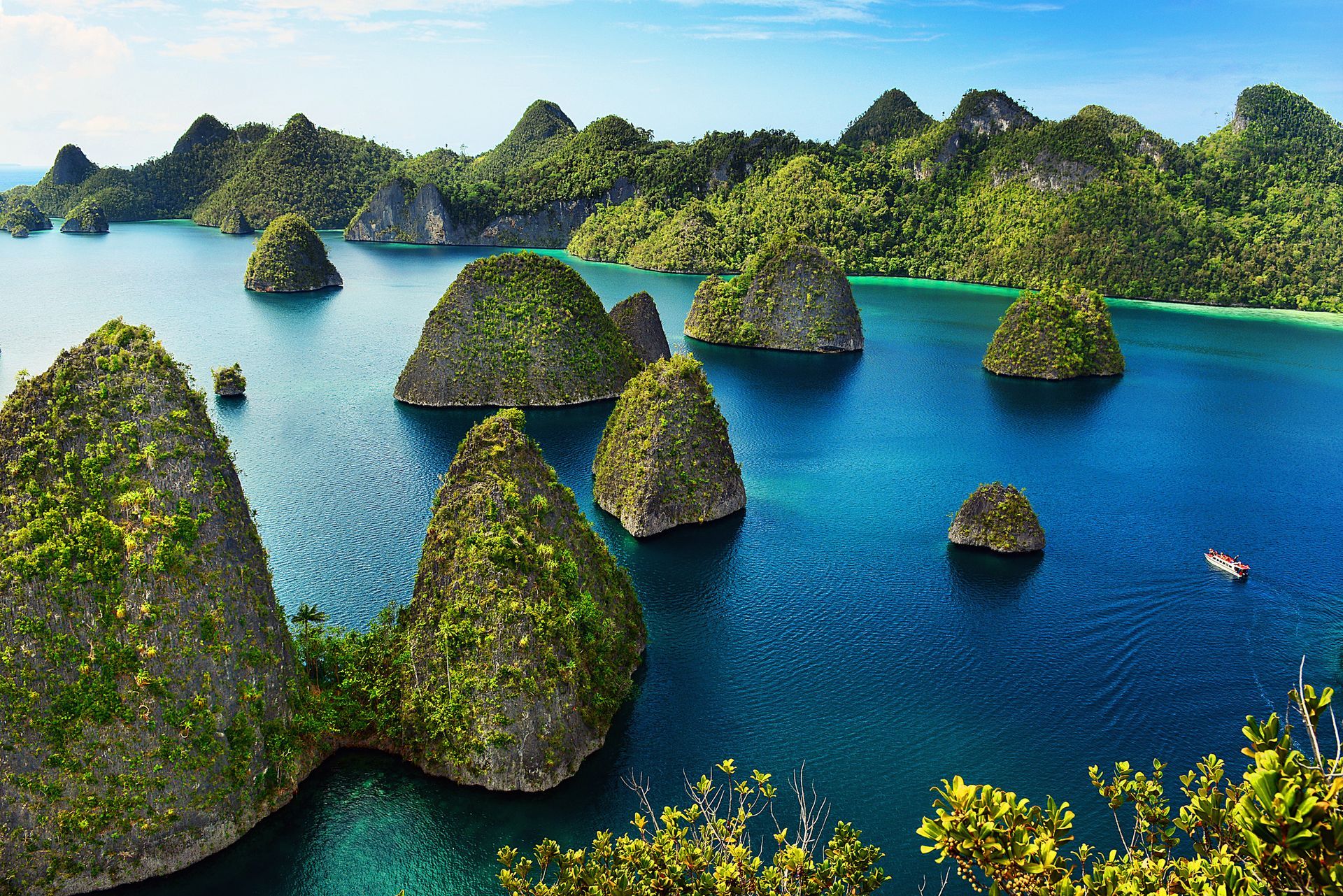
The mix of pristine coral reefs and open ocean straits which carry large pelagic fish such as whale sharks and manta rays make for an unparalleled waterborne adventure. It is a stunningly beautiful island and seascape setting, which surpasses fabled destinations such as the Maldives, if not for comfort, then for intimate nature contact. The diving on offer resembles the remarkable Sipadan Island off Borneo, only a hundred-fold more diverse, while the sheer jungled mounds of deep green islands rival or surpass Pulau.
Like the environment, the infrastructure has evolved. In years past, most of the accommodation has been of the charming and earthy sort – home stays in tidy wood and grass huts and a pier in utterly gorgeous loneliness, in a cove, at water’s edge or backed by jungle, with superior hiking and bird watching opportunities.
In recent years, a newer breed of quality 3- and 4-star lodgings and eco resorts have opened. My recent stay at the Meridian in Waisai, the largest island, was excellent with commendable diving facilities, including three PADI instructors, fast speed boats and great staff all around. Air connections out of Jakarta via Makassar make this an interesting option for those with two or three weeks to spare, who can connect from Bali and return via Jakarta or Singapore.
Luang Prabang, Laos (and Vientiane)
Formerly the royal capital, this immensely agreeable small town-slash-city sits on a peninsula surrounded on both sides by the slow but mighty Mekong River. There are more than 80 Wats, (temples) and many more orange robed monks who walk quietly in groups along the city’s narrow streets. This is a relaxed walking city with few cars and no congestion. Given its royal status, it has been well preserved with strictly limited opportunities for new development, much to the government’s credit.
Over the past 20 years, as it has begun to open up to tourists, it has attracted a largely older European clientele which has informed its growth. New pleasures include a small Swiss bakery and various other low-key but refined shops, as well as an ambitious fine dining culture. There are a number of excellent local and more upmarket French/Laotian fusion restaurants, several of which have good cooking courses that include day trips to the many small specialty farms in the vicinity. The local music played spontaneously by locals for weddings and countless other festivities assuages the senses, and conversations with monks are part of the daily life. Luang Prabang has a near magical atmosphere. In my view, it equals or surpasses that of Ubud, Bali or Kandy, Sri Lanka – all three of which deserve a week-long visit – for the title of “most engaging and pleasant small city environment in SE Asia”. Not to mention the available side trips – in my case, a thrilling Hilux rental drive through the hill tribe country north to the Chinese border, which is another story entirely.
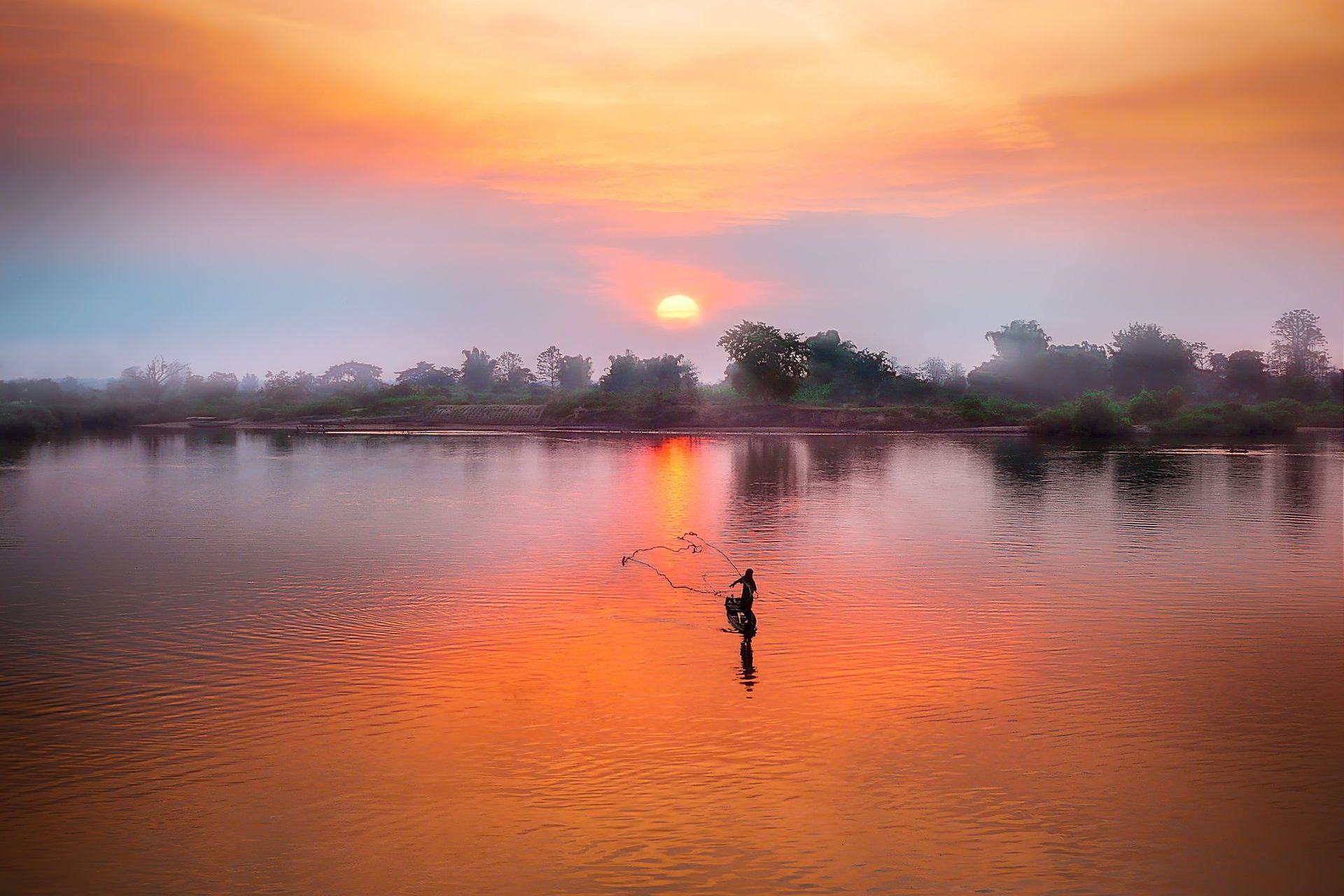
Luang Prabang is quietly sophisticated, deeply Buddhist and with abundant activities in town and out. The lodging now includes a superior Sofitel with brand-typical savoir-faire and elegance, as well as a wide range of lower cost options including delightful boarding houses where guests dine together.
Airline connections are easy, routed through Vientiane from Singapore, Bangkok or Hong Kong. Vientiane is well worth 2 days or more in itself, an experience of “old SE Asia” where traces of Gallic flavour remain – and at a distance of 300 kilometres, it’s close enough to rent a car and drive.
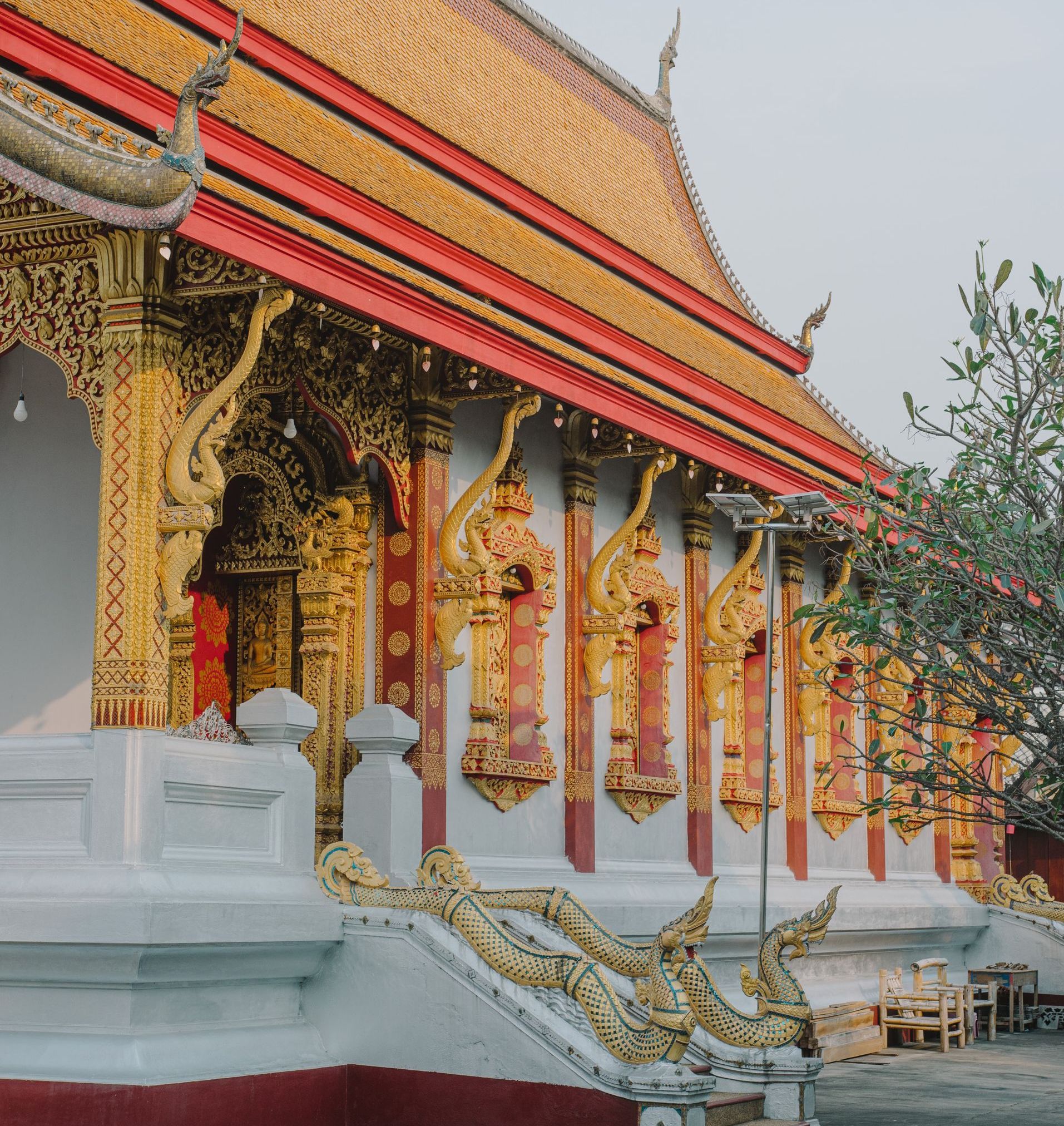
Bhutan
It is impossible to exaggerate the staggering natural beauty of Bhutan, or the sense of total immersion in the traditional Tibetan culture. Patriarchal and liberal, the wise King moved the country from a feudal state into a constitutional democracy some years ago with the assistance of an acquaintance of mine from Stanford University and other consultants, at the same time beginning to open very selectively to tourism.
The country is relatively prosperous due to hydroelectric revenues derived from India. Imagine 700,000 people in an area the size of Switzerland, vistas of Buddhist temples and monasteries, small hamlets, plunging rivers, and views both dramatic and serene. The topography ranges from subtropical in the south to high alpine in the north – the mighty Himalayan peaks. Archery, the national sport, is practised everywhere as are long strung lines of prayer flags: this is a country unlike any other, including modern Tibet.
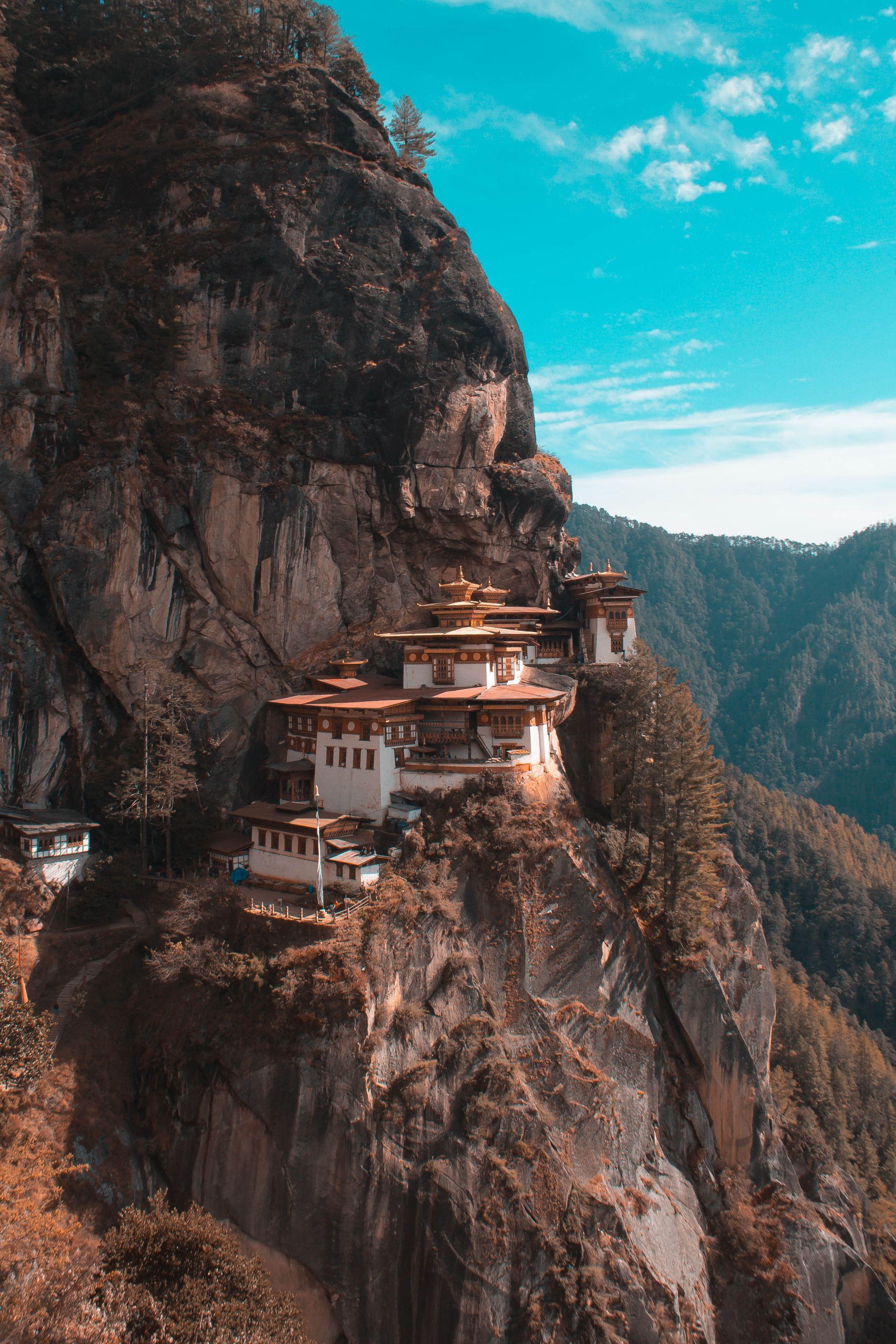
Tourism in Bhutan is very effectively regulated. Guests are accepted on the basis of a pre-planned itinerary at a minimum per day cost of $250-300 per person. This is, in fact, a bargain, as it includes a well-informed English-speaking guide and a driver, meals which are healthy and well prepared, and lodging in simple, impeccably clean 3-4 star hotels. Freedom-loving travellers like myself ultimately concede that this is a country best visited with a guide, a genuinely enriching experience.
In recent years, a number of tasteful high-end eco resorts, converted temples and a few properties operated by foreigners have been built for those seeking a luxe piece of serenity, justifiably priced at around $1,000 or more per night. Bhutan deserves at least two weeks, preferably three or more. Flight connections are best out of Calcutta, which offers a boisterous and delightfully intense kick off or finish for a couple of days.
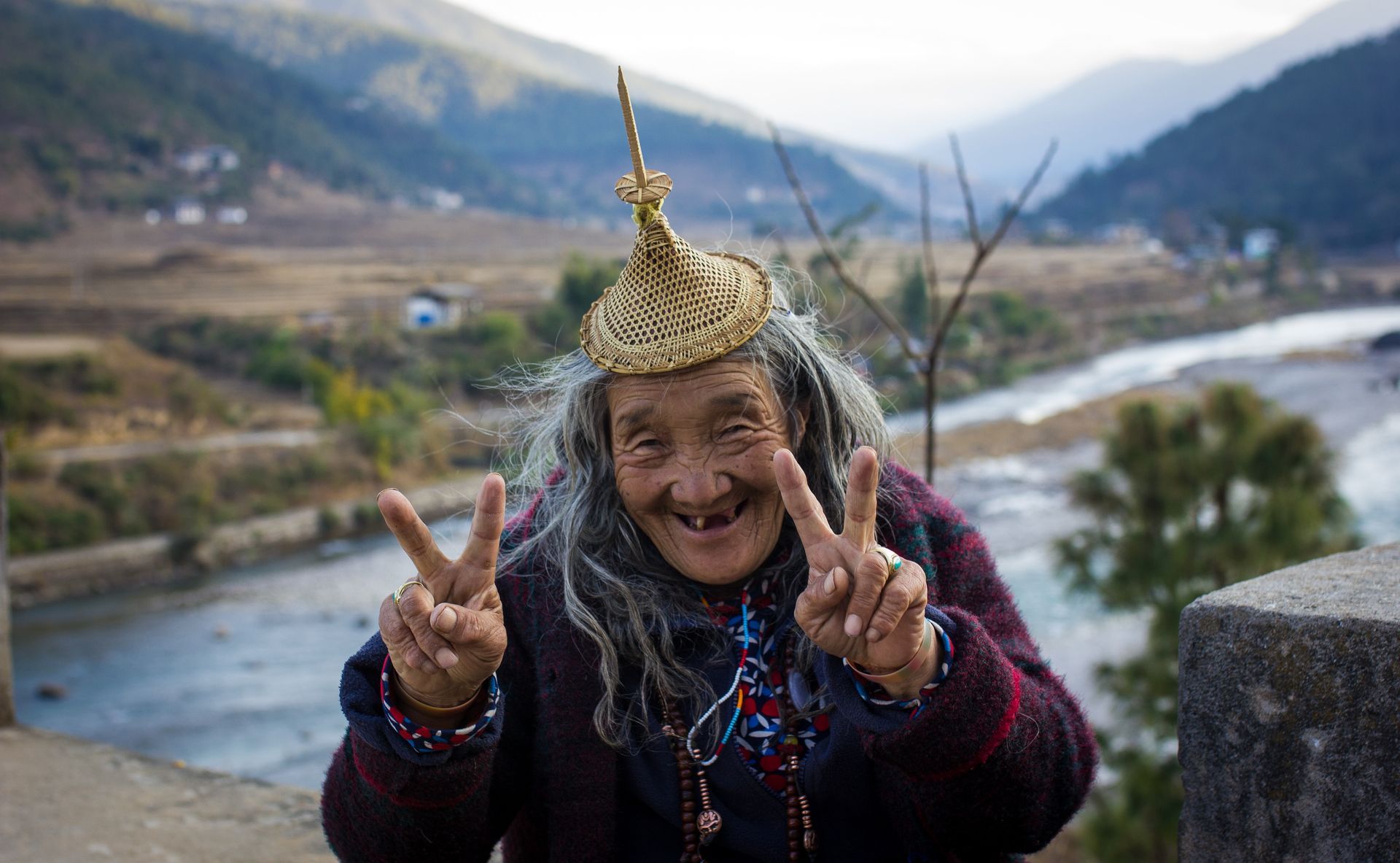
Ljubljana, Slovenia
According to the happiness index, Bhutan has been voted to the top, but by immediate appearance, it seems Slovenia is way up the list, too – genuinely more welcoming place is very hard to find. The calibre of English is exceptionally high amongst the 700,000 residents, and long conversations with locals is the order of the day. Set on a river amidst a remarkable range of central 17th-20th century architecture in its centre, this pint-sized country offers a remarkably varied and beautiful collection of hills, mountains, valleys and superb lakes all within easy driving distance of the charming capital Ljubljana. Boasting a pleasing bohemian atmosphere, this is a place to kick back and take it easy. It has also risen rapidly on a gastronomic level, with numerous very fine restaurants appearing in recent years. Close to both Italy and Austria by road, it is a natural add-on to travels in either country. Or, as is beginning to become better appreciated, it could serve as a base for a drive south through the various former states of Yugoslavia, along the Dalmatian coast or inland, or both. Then of course, this is a rewarding journey taken by itself, which might just wind up in Greece. Europe lovers, consult your maps! Those who have visited western Europe often enough may find, as I have, that sometimes the East seems the better half.

Dakar, Senegal
Everyone seems to want to go on a glamping East African safari these days, but those with a wider interest in Africa should think West, too – there is a great deal to discover, especially for lovers of music, art, and nature, right across the region. Dakar, perched on cliffs abutting the Atlantic Ocean, is a vibrant seductive city of two million which is not incidentally the artistic capital of West Africa. It is also a comparatively stable nation over past decades. The music scene is dynamic and the Theodor Monod museum of African Art, for some, a sufficient reason in itself to make the journey. Here’s a tip which might make it an easy decision: It is a direct 5.5-hour flight from Paris, and would be a fulfilling one week add on to a European itinerary, particularly for the clutch of fine new beachside hotels – my favourite being the Djoloff with its quality jazz club in the basement. Just don’t go during Ramadan, as the music stops, along with much of everything else.
Dogon Valley, Mali
Sure, every romantic traveller would like to go to Timbuctoo, but when compared to other venues in Mali, it pails in comparison to the Dogon. Now anointed by UNESCO, this long valley and its surrounding cliffs are home to 70 or more villages in this Sahel country – envisage a fertile savannah land peppered with giant baobab trees, clay and log mosques and tiny Christian churches.
This is a descent into a virtual stone age civilization, without electricity. One walks or rides the sturdy little silver mules from village to village, where the locals have fashioned simple accommodation on the roofs of their houses, and awakes to glorious sunrises – the only sound, a woman pounding millet in a giant mortar. At night, drumming and dancing are spontaneously organised for visitors, along with simple dinners.
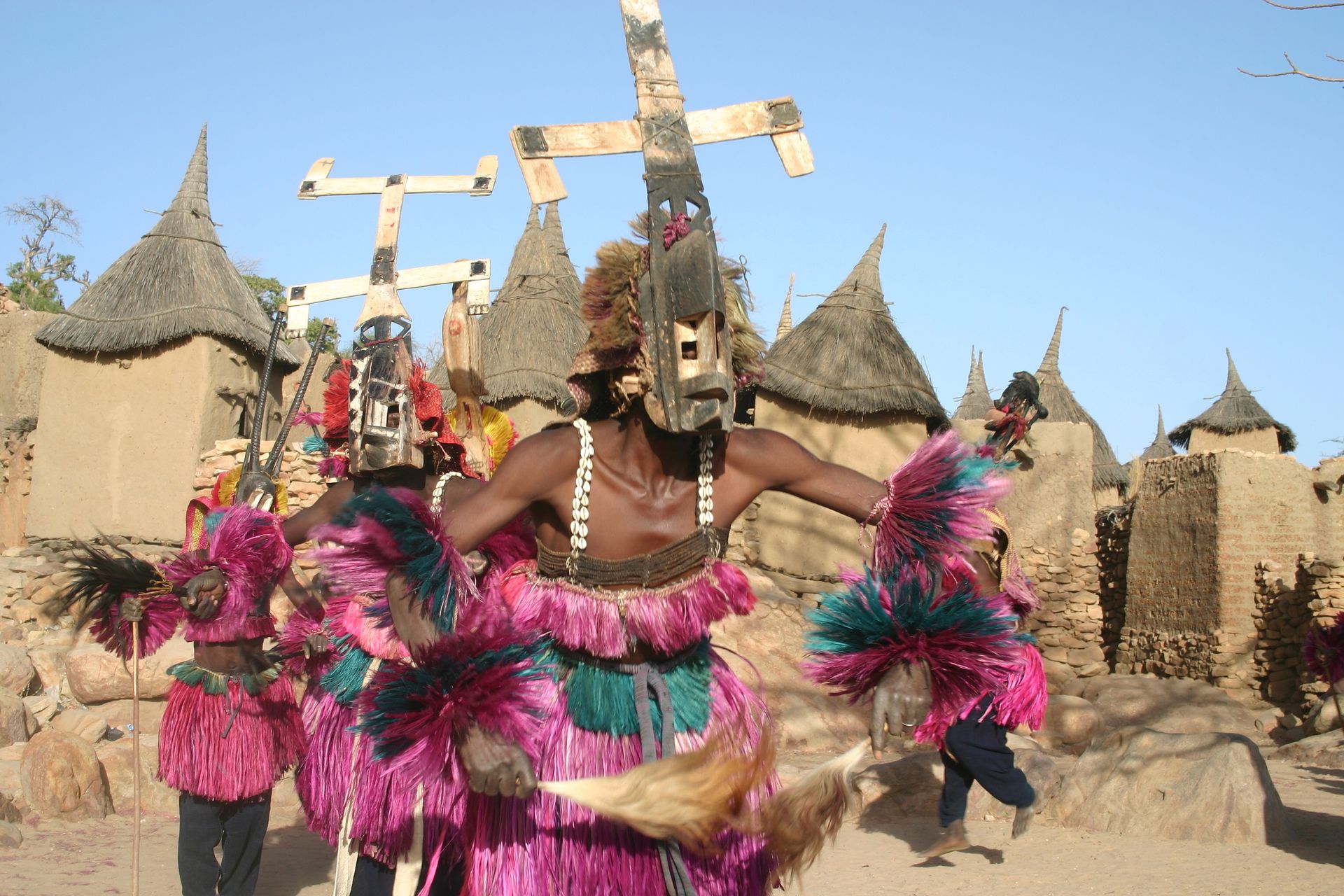
At an earlier point, the trail was receiving up to 15,000 trekkers a year, but this has sadly diminished in recent times. When I travelled through, Al Qaeda had just been removed by the French military, and I was one of only two visitors over a three-week period. However, it is said now to be making a comeback, and it should – as African adventures go, it remains one of the finest and most immersive. Do some reading on the Dogon culture and you will find that places this naturally isolated and culturally authentic are increasingly rare. Here again, Bamako – the capital city to the south on the Niger river, which is of only moderate interest for two or three days – is a direct 5.5 hour flight from Paris. Then, an overland trip of a couple of days, give or take, is necessary to reach the Dogon Valley, but for the intrepid, this is a precious experience. It makes no sense to do an aller-retour from Paris in under two weeks, and three is much better.
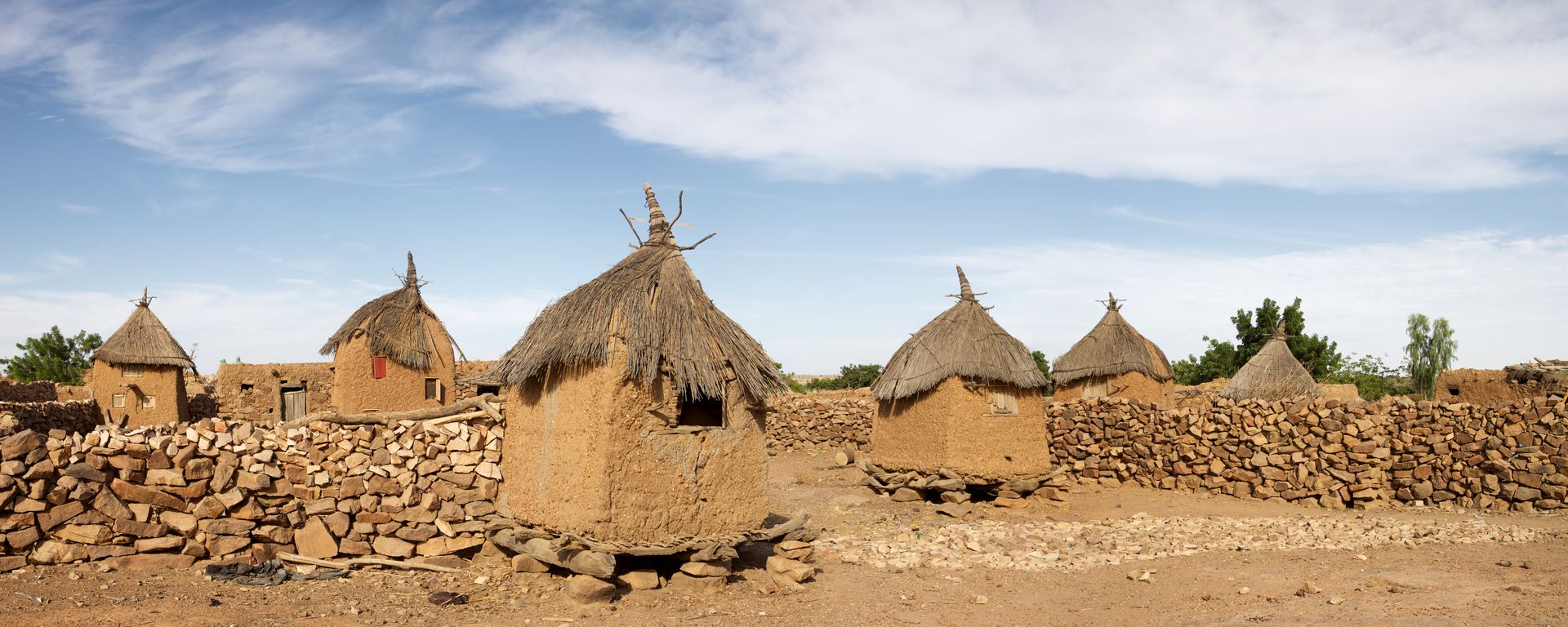
Maurice Crackenthorpe is an Anglo-French travel addict, who suffers from “out sickness, the opposite of homesickness”. Having lived in various world capitals over four decades, he finally nominated Brisbane as home base several years ago. He spends most of his time reading, and occasionally writes articles and essays, and lengthy book and food culture reviews. His most lauded essay is “Commies in the Kitchen: the Marxist onslaught against restaurants, fine cooking and the good life.” He is currently working on one entitled “The grandeur of the Michelin guide in France – and its stumbling performance in Asia”. He agreed to assume travel editorship only on the basis of full freedom, and an outrageous restaurant expense account, in lieu of regular payment: he appears to be of independent means.
Australian Destinations By Rose Lane
Magnetic Island, Queensland
If you’re looking to escape the winter chill, Magnetic Island, just a short ferry ride off Townsville, is the perfect place. In winter, the white-flowering paperbark trees are in bloom and the whole island smells of honey. The air is soft and warm and so is the water.
Maggie, as she’s known to the locals, is surrounded by 23 beaches and bays – some, like Arthur Bay, so secluded that you may be the only person there. The golden, sandy beaches at Radical and Horseshoe Bays are perfect for swimming, or hop on a boat tour to access the other stunning bays, including the nudist beach at Balding Bay.
Go snorkelling to catch a glimpse of sea turtles, manta rays and colourful reef fish, head inland to swim in the cool fresh water at Endeavour Falls, or hike up to the World War II fort complex anchored in the granite boulders above Arcadia Bay.

Maria Island, Tasmania
For an entirely off-grid adventure, head to Maria Island (pronounced ma-rye-a), a 30-minute ferry ride from Triabunna on the east coast of Tasmania. Visit for the day, or bring your camping equipment and stay, either in one of the camp grounds or at the old convict-built “Penitentiary”, but be warned – as there are no shops, you will need to bring all of your supplies, including your rods if you’re keen to fish. Cars are not allowed on the island, but you can bring your bike, or rent one when you arrive. If you love fishing, don’t forget your rods.
Silence descends when the last ferry departs, but it may be broken by the screams and snarls of the abundant Tasmanian Devils. Wildlife abounds on Maria with huge Cape Barren Geese, over one hundred bird species, and adorable wombats.
Hike one of the many trails, go snorkelling, or watch the sunset on the beach, but watch out for Maria’s resident ghost, Rosa, who is said to still inhabit the old Coffee Palace.
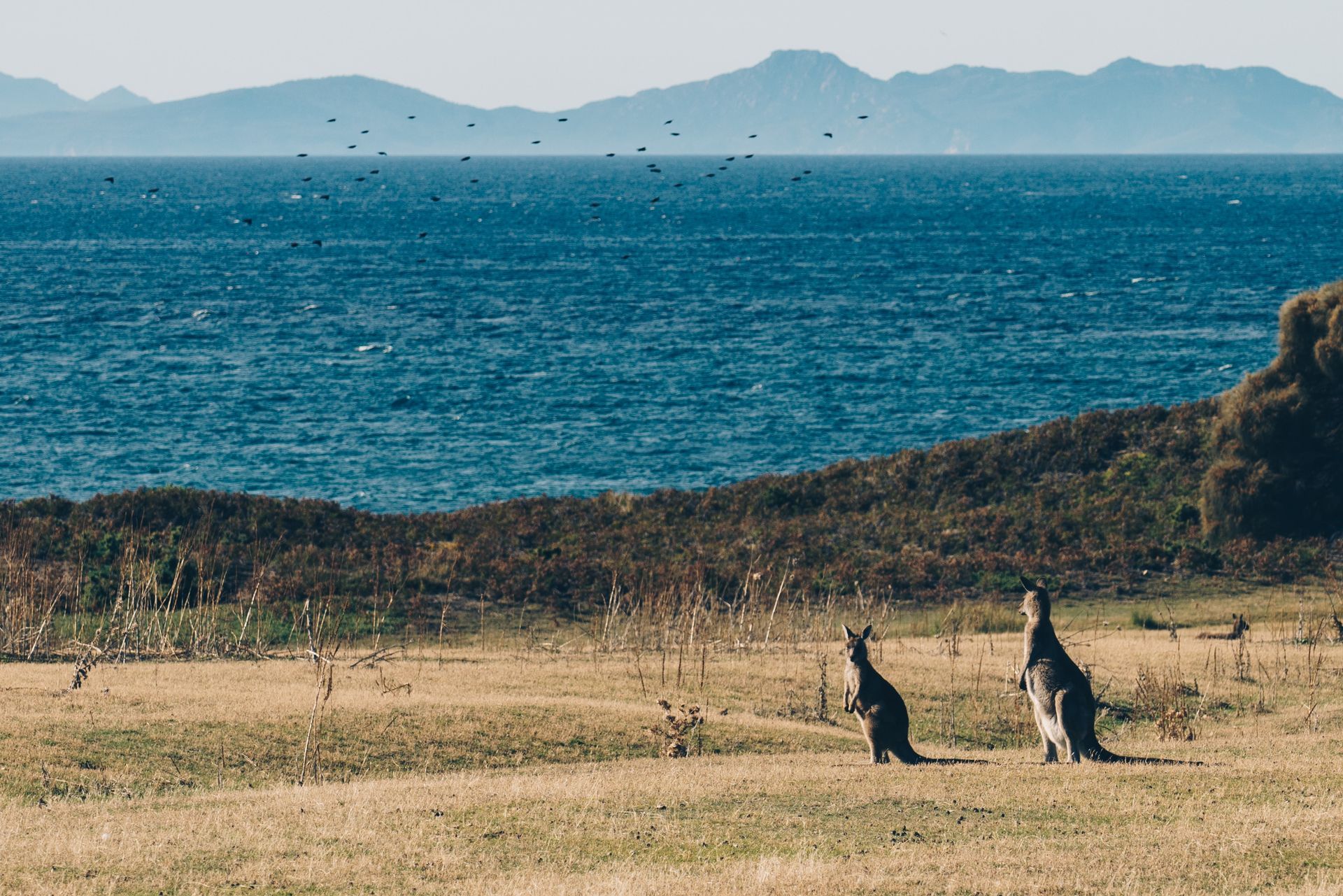
Gippsland, Victoria
The verdant landscape of Gippsland means food, food, and more food! Head to one of the local farmers markets to stock up on chemical-free produce, fresh flowers, and local honey, or grab a plate of food and a coffee, sit down and enjoy the live music.
You could even take a road trip along the Great Alpine Road past the stunning Gippsland Lakes through the high country to Wangaratta where you’ll find hidden waterfalls, top restaurants, funky cafes, and wineries.
If you’re looking for something for the kids, you’ll find it just off the Princes Highway at Gumbaya World – Victoria’s only water, wildlife, and theme park, with waterslides, a wave pool, and two rollercoasters. Cuddle koalas, visit Taro, the tree kangaroo, or hand-feed the kangaroos. Take a day or night trip on the Walhalla Goldfields Railway or explore the stunning Buchan Caves.
Gippsland has something for everyone in the family.

Kings Canyon, Northern Territory
Those visiting Australia’s Red Centre usually head straight for Uluru, and with good reason; Uluru is a powerful and unique thing to behold. But another, perhaps equally awe-inspiring place, is Kings Canyon.
Kings Canyon is a breath-taking natural wonder that combines beauty and ancient history. This stunning geological formation is nestled within Watarrka National Park and is renowned for its towering sandstone cliffs, which rise dramatically from the desert floor.
The centrepiece of Kings Canyon is the spectacular Garden of Eden, a lush oasis filled with cycads and other unique plant species. Visitors can embark on the Kings Canyon Rim Walk, a 6-kilometre trek that offers panoramic views of the surrounding landmarks like the Amphitheatre and the Lost City.
Beyond its scenic splendour, Kings Canyon holds deep cultural significance for the Indigenous peoples of the region with ancient Dreamtime stories and rock art covering its walls.
It is a place of natural wonder, cultural importance, and adventure, and therefore a must-visit destination for those exploring the rugged beauty of the Australian Outback.
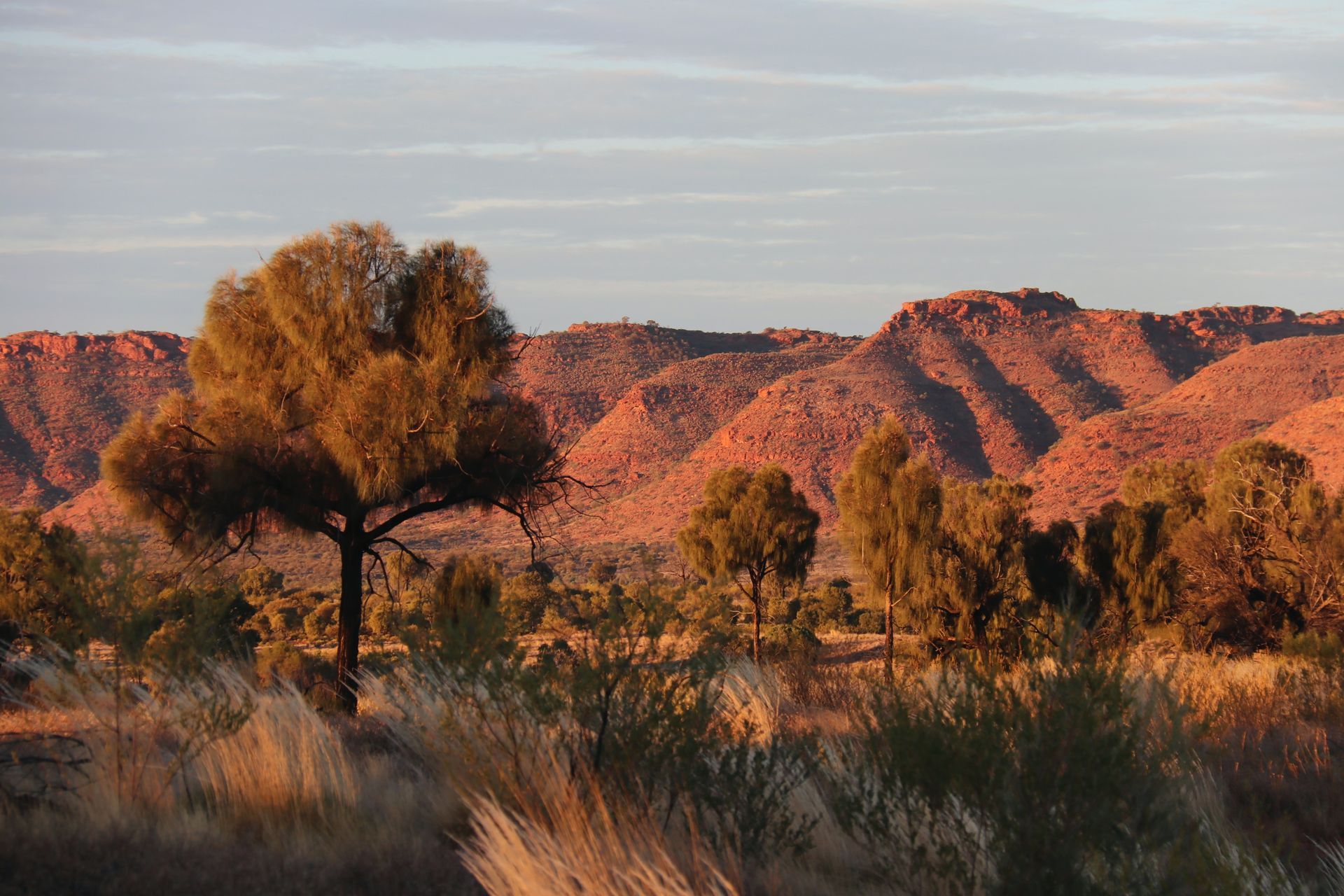
Lightning Ridge, NSW
Lightning Ridge, located in the outback of New South Wales is renowned for its black opals, which can be seen on display at the Opal Bin. This small, quirky town is a fascinating blend of rugged individualism and artistic flair, drawing people from all corners of the globe to seek their fortunes in opal mining. The landscape is characterised by the distinctive mullock heaps—piles of earth from mines—which dot the area. Underground homes, called “dugouts”, provide respite from the harsh climate and are an iconic part of the town’s unique architecture.
The community in Lightning Ridge is as colourful as the opals unearthed there. It is a melting pot of cultures and personalities, with a population comprising adventurers, artists, and miners. Attractions like the Chambers of the Black Hand, an underground art gallery, and the Australian Opal Centre offer glimpses into both the geological and cultural richness of the area.
The annual 4-day Lighting Ridge Opal Festival in July is a particular highlight – a vibrant event that showcases the town’s prized gemstones and encapsulates the spirit of this one-of-a-kind town.
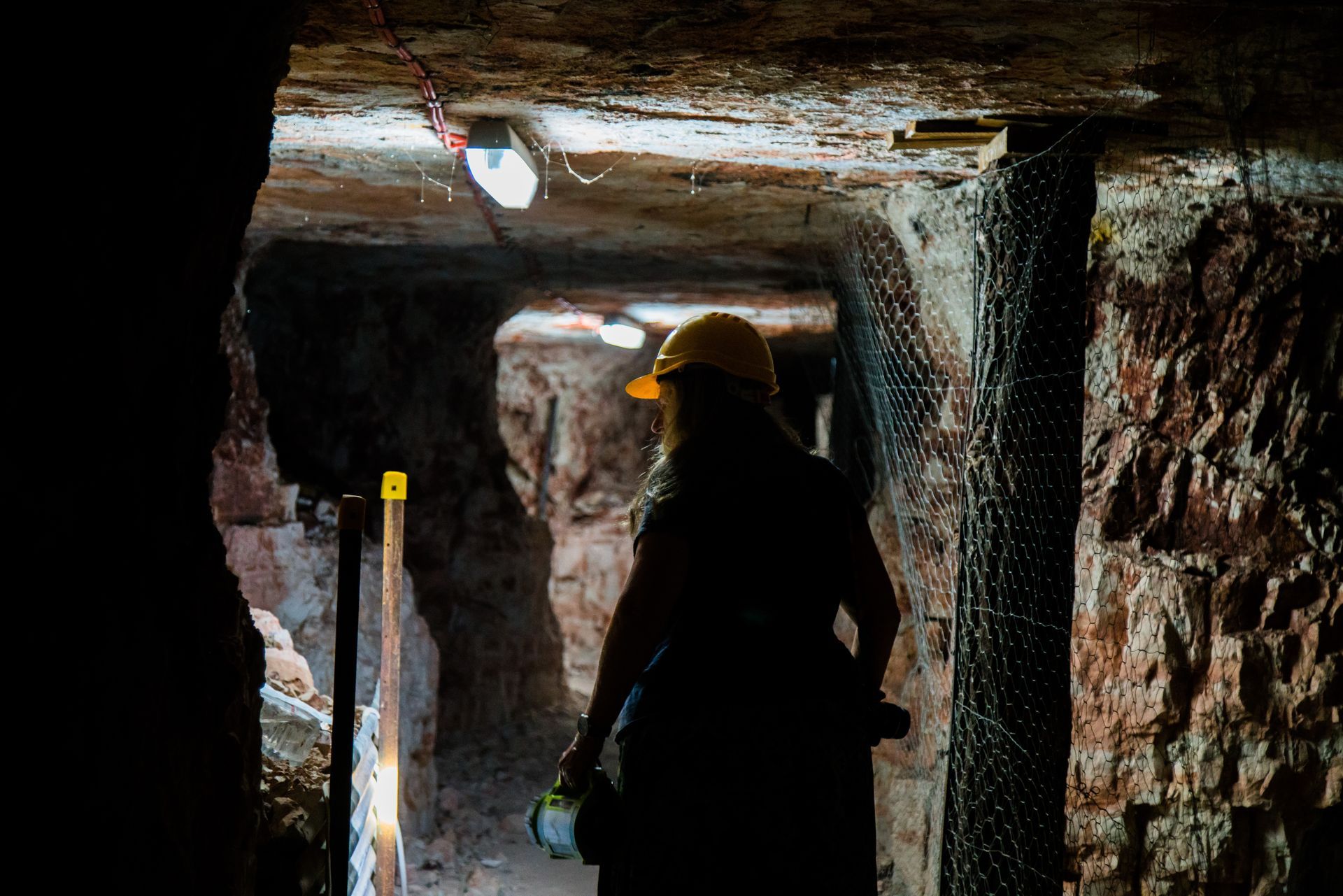
Mount Gambier, South Australia
Mount Gambier is a stunning regional city located in the Limestone Coast area of South Australia. Famous for its unique volcanic landscape, the city is perhaps best known for the Blue Lake—also known by its Aboriginal name Warwar—a large crater lake that mysteriously changes colour from steel grey to a vibrant cobalt blue each year.
There are numerous caves and sinkholes in the area, including the Umpherston Sinkhole/Balumbul, which was turned into a sunken garden by James Umpherston in 1886. The Engelbrecht Cave contains an underground lake that offers diving opportunities for the more adventurous (and experienced).
The city has a lively arts scene featuring the Robert Helpmann Theatre, and is close to the Coonawarra wine region. The community is diverse, and the locale provides various educational, recreational, and cultural facilities, making it a vibrant place to visit.




